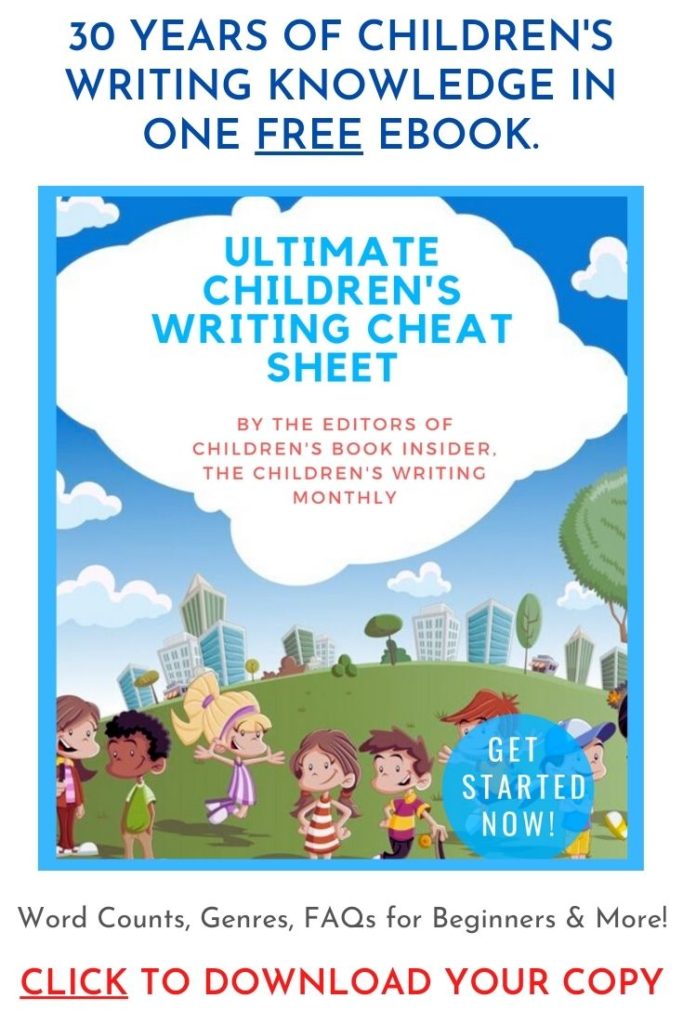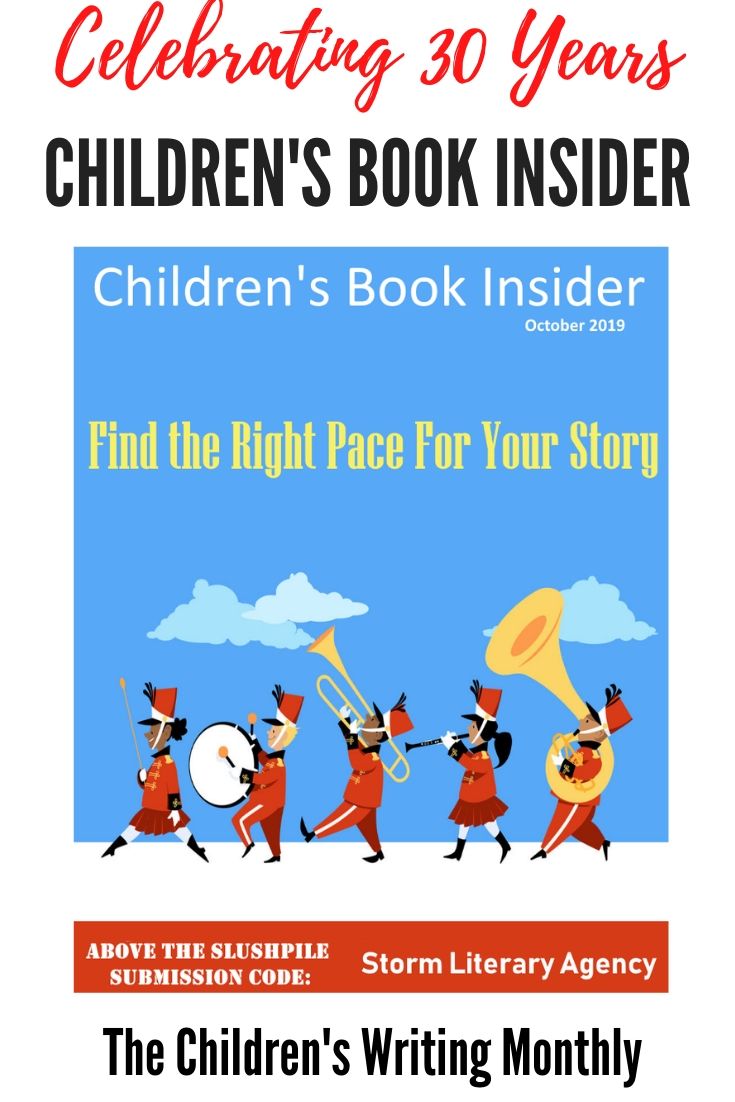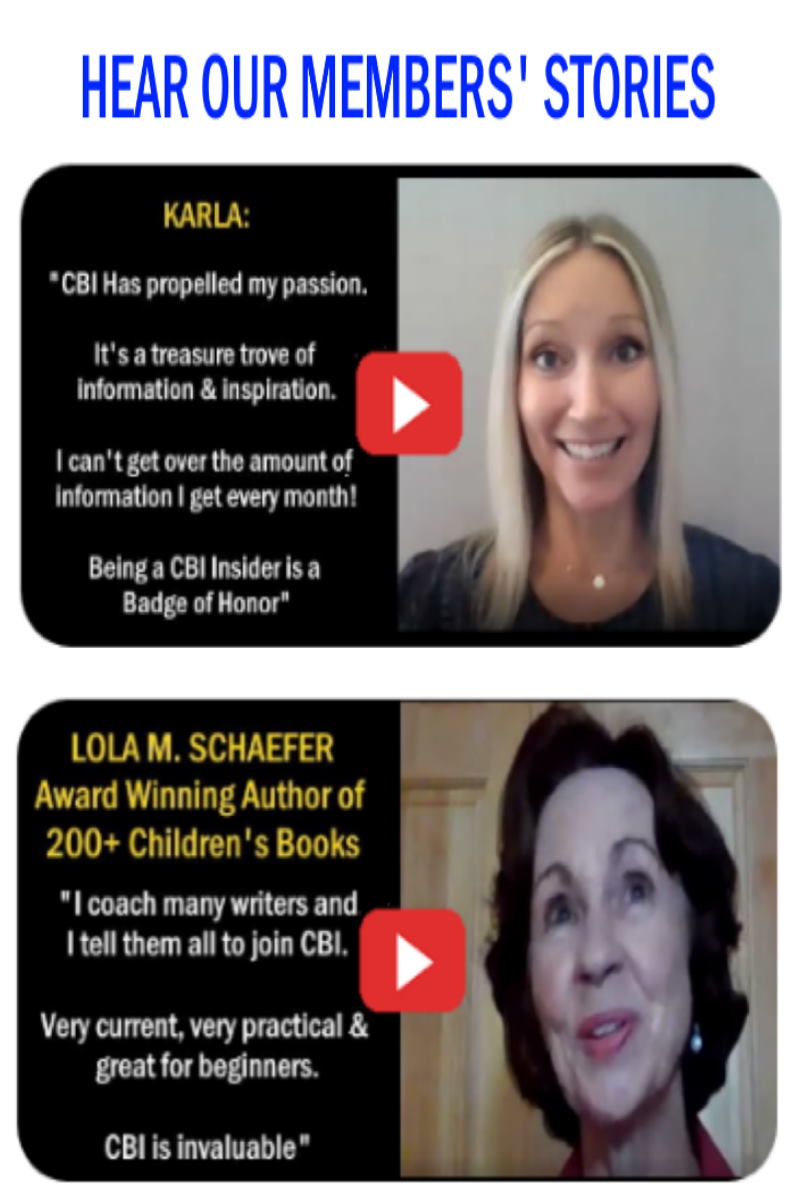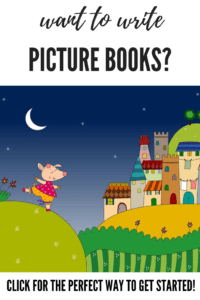
by Suzanna E. Henshon
Over the past ten years, the business of publishing children’s books has changed. Large chain bookstores are consolidating or going out of business. Independent booksellers are catering to specific niches or adding non-book products to stay relevant. And kids are just as likely to read a book on an e-reader or smart phone as in print.
How will books change in the 21st century? Specifically, how will the market of children’s books change? And what do you need to know as you write your novel, short story, or poetry for children? While none of us can look into a crystal ball and see the future, we can prepare for changes and “guesstimate” the marketplace. There are steps you can take to prepare yourself for success in what is quickly shifting into an ebook and app world. Here are some tips for getting published in 2015 and beyond.
Write a good story. First and foremost, focus on writing a compelling narrative. Whether your book comes out as an ebook, an app, in hardcover, or something that combines several media forms, you need to maintain the reader’s interest. Getting young readers to “turn the page” requires creating suspense whether you are writing a story that will be published electronically or on paper. So learn how to tell a great story!
Write for the modern reader. Children today are more sophisticated than in the past. Even young children learn about diverse cultures in school, understand different family structures, and are introduced to complex learning concepts much sooner than their parents and grandparents. Most teens have a Facebook page, a Pinterest, Twitter or Instagram account, frequent YouTube, and get the latest news online. Even if a child or teen has lived a fairly sheltered, conflict-free life, he is aware that events exist outside of his experience. Don’t be afraid to give your stories some heft and substance.
Understand the new story forms. Most writers aren’t aware that books have evolved into graphic forms, that novels can be written in verse, as email or text messages, and even Post-It notes. Many middle grade and young adult novels have companion blogs or websites that extend the written story. Children also experience stories through movies and video games. You are writing for a child who is well-versed in diverse media. Write for the child who text messages in the morning, plays video games in the afternoon, and uses her e-reader at night. But don’t forget that these kids also experience the same childhood events that we did–playground friendships and rivalries, competing in sports, having a best friend, and discovering their identity through music, fashion and other passions.
Don’t overuse technology. Most kids these days have a cell phone and are comfortable on a computer. A contemporary story with characters older than age 10 who can’t type a text message won’t feel authentic. But unless the story revolves around technology, keep it as just one detail of your characters’ everyday lives.
Look into working with small publishers. Big publishers will continue to prosper, but it will be more difficult for new writers to break in. As a new writer, you may have more success reaching your readers through small presses or self-publishing. So be prepared to write, publish, and market your own work directly to an audience rather than waiting to be discovered.
Start to create an audience through a blog or website. Young readers are growing up in the internet world, so they will discover stories and writers through different sources. Facebook, blogs, and other social media are used to market books. Writers have online chats to publicize their books, rather than relying on the traditional book signing.
Kids will not only “consume” books, but they’ll determine what gets published, based on the websites that are popular with young people. Consumers are just as important as editors in steering the publishing marketplace. This applies even if you’re writing picture books. Focus on selling directly to the parents of your readers by writing quest posts for parenting blogs, or providing resources for parents and teachers on your website.
Develop your entrepreneurial skills. Writers now write, market, and publish their own books. Even if they work with traditional publishers, today’s writers bear the primary responsibility to “get the word out” on their books.
Develop your own brand or franchise. Rather than just looking for a good book or story, many editors and agents are seeking stories (and characters) that can be branded and turned into successful franchises like The Hunger Games. Even self-publishers are capitalizing on their brands by creating apps, ebooks and other spin-offs of their original stories.
Dr. Suzanna E. Henshon teaches full-time at Florida Gulf Coast University and is the author of several young adult and middle grade books, and two collections of writing exercises. Her newest book, Andy Lightfoot and the Time Warp, is available for the Kindle on Amazon.
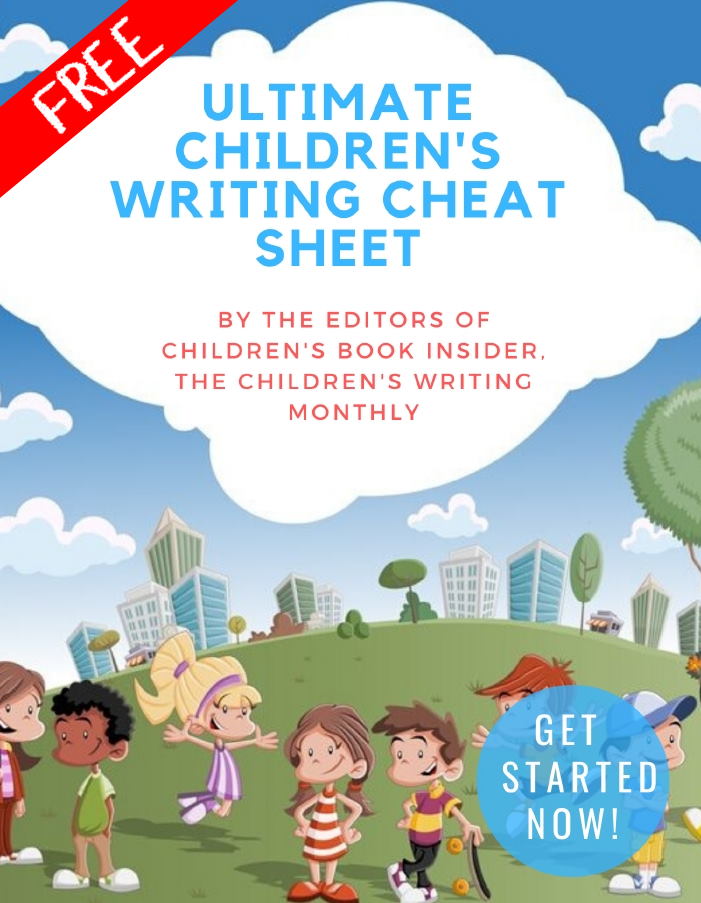
✏ Word Counts & Age Groups for Every Kidlit Category
✏ FAQs, Glossaries and Reading Lists
✏ Category-specific Tips, from Picture Books Through Young Adult Novels
✏ 5 Easy Ways to Improve Your Manuscript
✏ Writing For Magazines …and more!
This is a gift from the editors of Children’s Book Insider, and there’s no cost or obligation of any kind.
We will never spam you or share your personal information with anyone. Promise!
